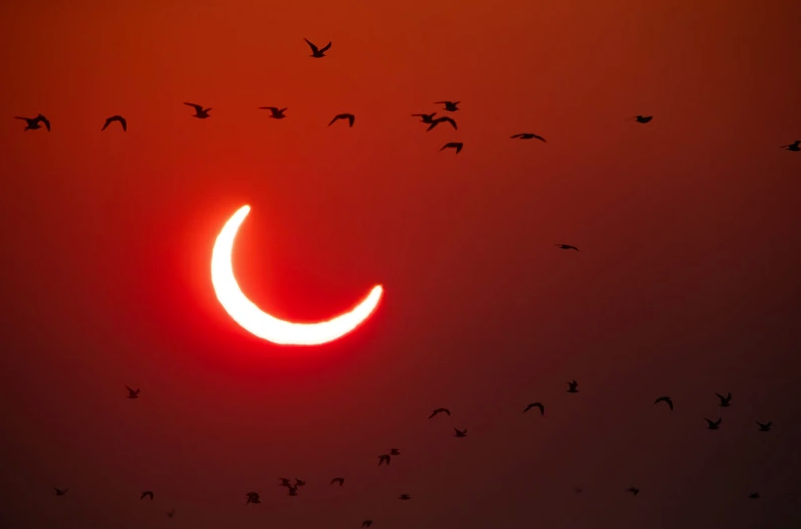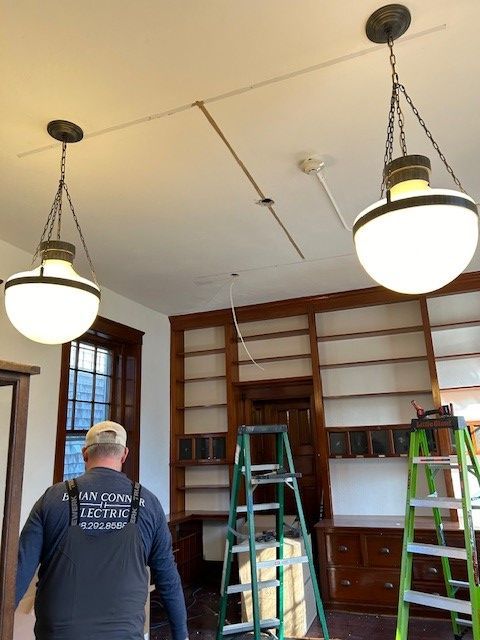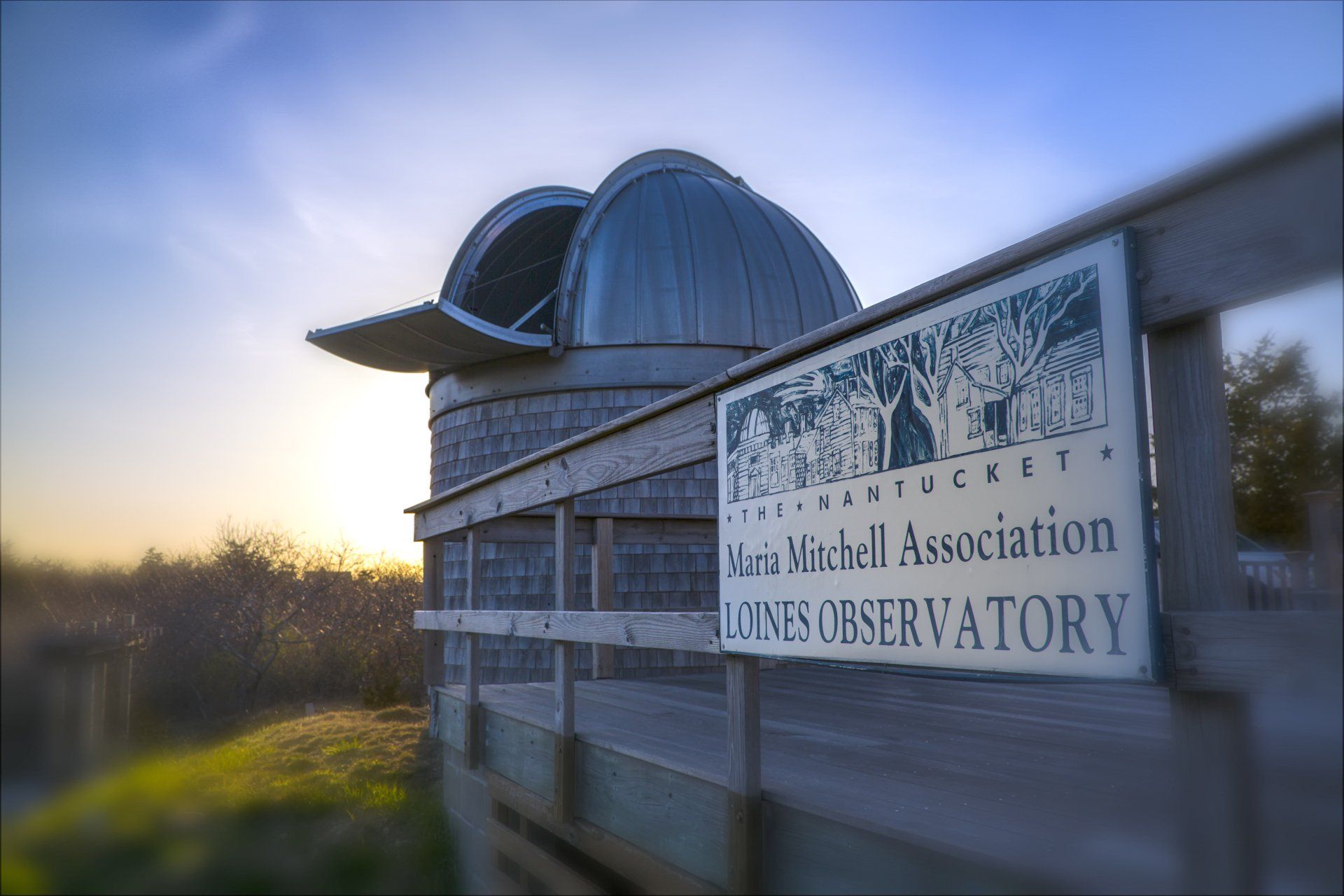Keep Calm and Bird On: April 2024
“If you don’t look, you don’t see. You have to go and look.”
-Edith Andrews

There will be a partial eclipse of the Sun on Monday April 8, beginning at 2:17 p.m. and returning to full daylight at 4:39p.m. Even though a partial eclipse may not look so dramatic to us, chances are birds experience it more intensely. They see further into the ultraviolet end of the spectrum than we do, thanks to an extra set of cone cells in their eyes. We have only three types; birds have four. They can also see polarized light, and the earth's magnetic field. So they may exhibit unusual activity, even if it is a cloudy day.
We don't have a lot of information about the effects of unexpected (by avian standards) events such as eclipses on birds. During an eclipse, our natural tendency is to want to look at the Sun. (Don't do it without protective glasses! It could permanently damage your vision.) But in order to learn more about how an eclipse can affect our avian friends, start now by making baseline observations of birds at home or in a favorite birding spot in the days before the eclipse for comparison purposes. A few days will give an idea of what a normal afternoon at the crucial time looks like.
On the eclipse day, watch or feed at the usual times. Start about ten or fifteen minutes before the eclipse will begin. Try to give at least ten minutes per observation, and make a schedule of times you plan to bird. You can take breaks, as long as they are consistent. Then, see what happens as darkness begins to fall. Do birds become agitated? More vocal? More aggressive? Less? Confused? Is there any change at all? Do they change as it becomes lighter again? How fast do things return to normal? Your observations can help us understand how wild birds see, sense, and respond to novel situations.
Image Credit: Partial solar eclipse witnessed in Bahrain in 2019. Photo: Dr. Ajay Kumar Singh/Shutterstock
Recent Posts




